A United Airlines flight en route from San Francisco to Boston was forced to divert to Denver after an issue with a wing was detected.
The aircraft experienced an “incredibly loud vibration” during takeoff, which was later identified as damage to the wing. The event was confirmed by the airline the following Tuesday.
Terrifying Discovery
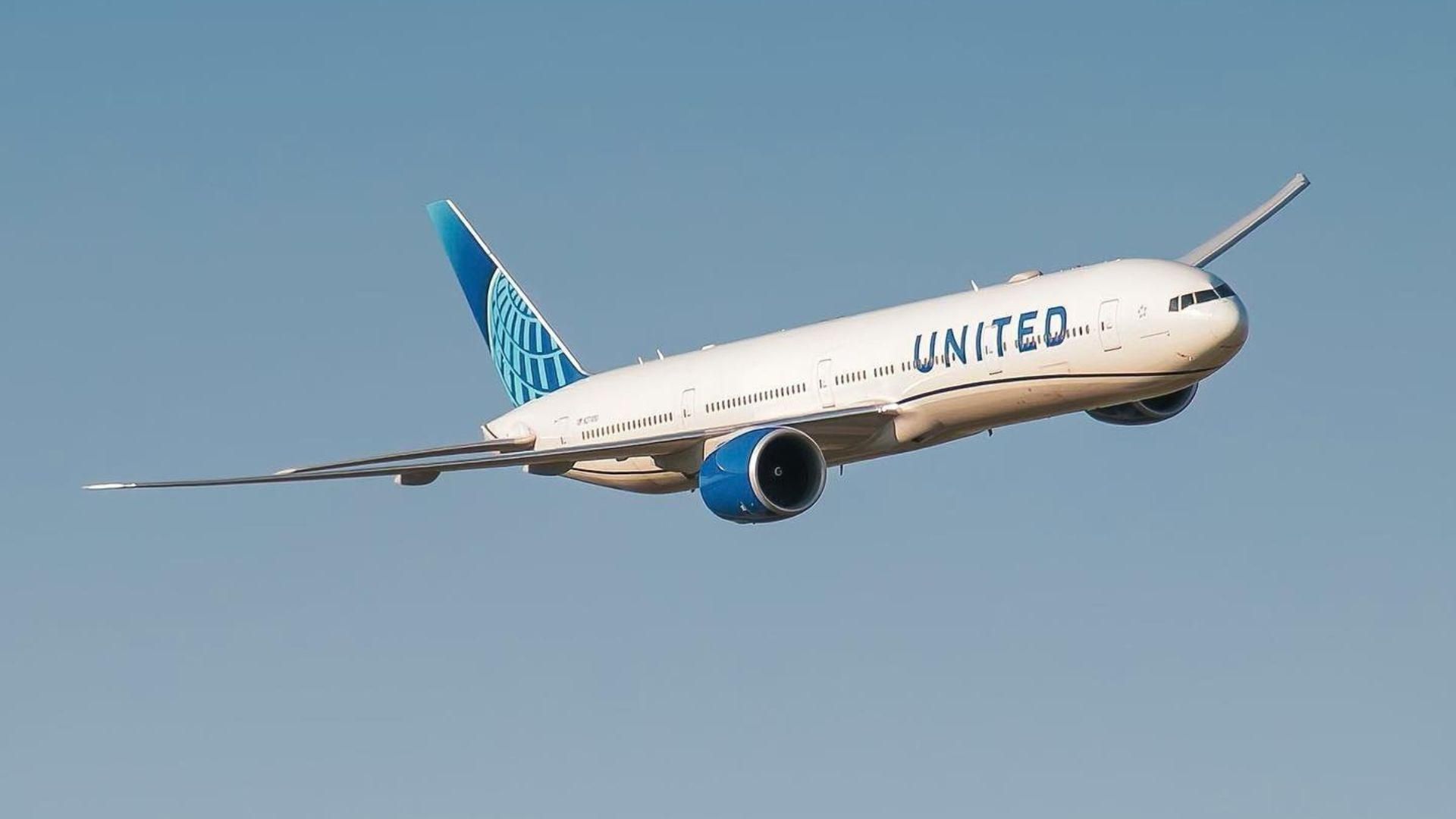
Kevin Clarke, a passenger on the flight, initially brushed off a loud buzzing noise as the flight ascended, attributing it to a possible bird strike.
Clarke said, “We take off, I heard this loud buzzing noise, and then it faded away so I didn’t think much of it and all of a sudden the pilot is coming back, so I threw my window open, peeked out the window and the whole leading edge of the wing was destroyed.”
Passenger Records Wing Damage
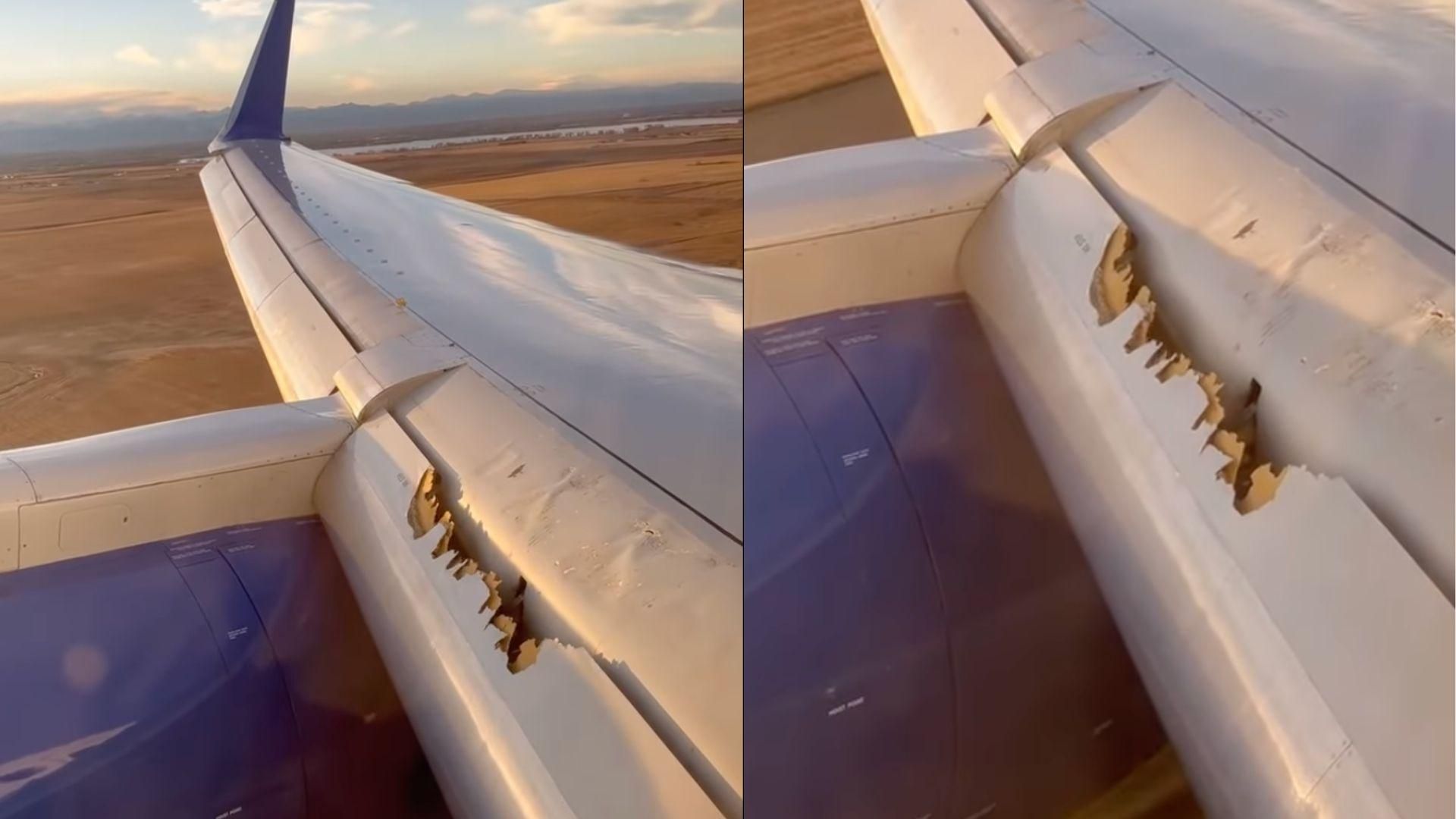
Once Clarke had noticed the unusual noise and damage to the wing, he decided to record the incident.
His footage documented the damaged wing slat near the engine. Clarke’s decision to film provided key evidence of the in-flight situation.
Pilot’s Announcement on Wing Damage
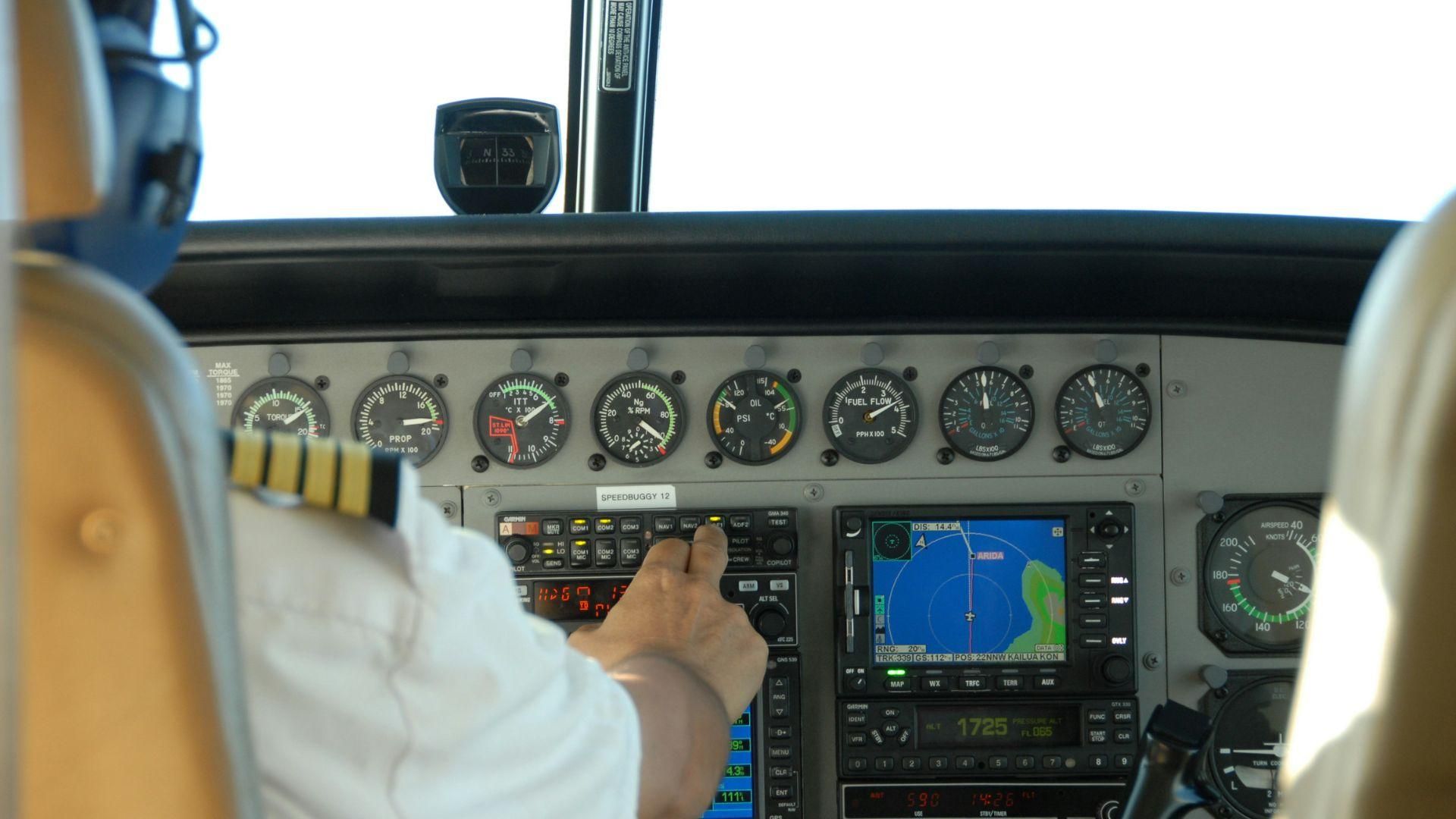
NBC10 Boston reports that approximately 45 minutes into the flight, the pilot inspected the aircraft and then made an announcement regarding the damage to the front flaps.
Clarke recalled the pilot’s words: “We’ve discovered we have some damage on one of the front flaps and we’re going to divert to Denver and put you all in a different plane.”
Emergency Landing in Denver
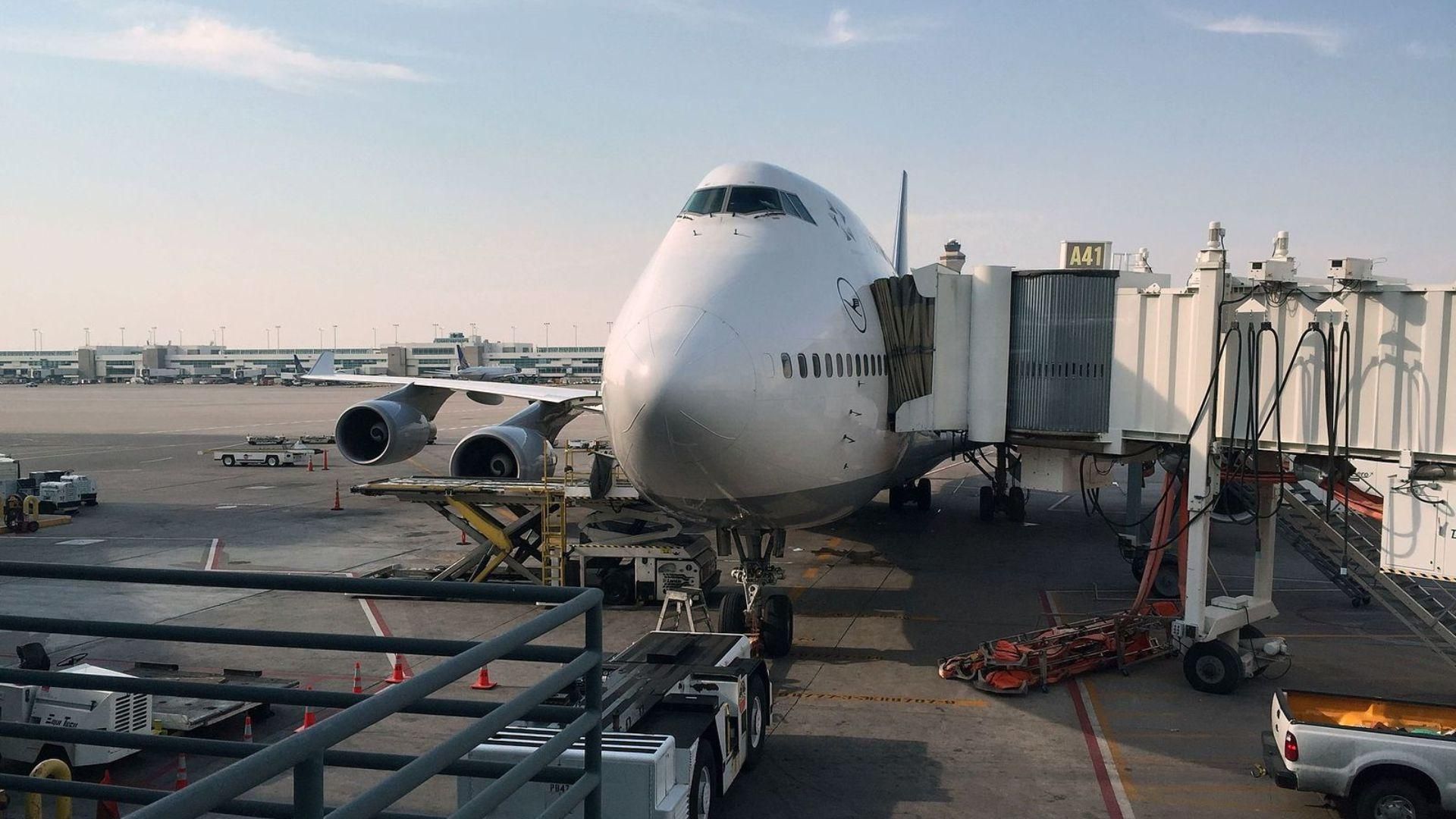
The Boeing 757-200 was rerouted and made an emergency landing in Denver, around 2,000 miles away from the planned destination. Passengers aboard the flight experienced tense moments as they were informed of the wing’s condition.
Clarke captured this anxiety-inducing episode, noting the unfolding situation as the aircraft prepared to land safely away from its original destination.
Passengers Make It Homes
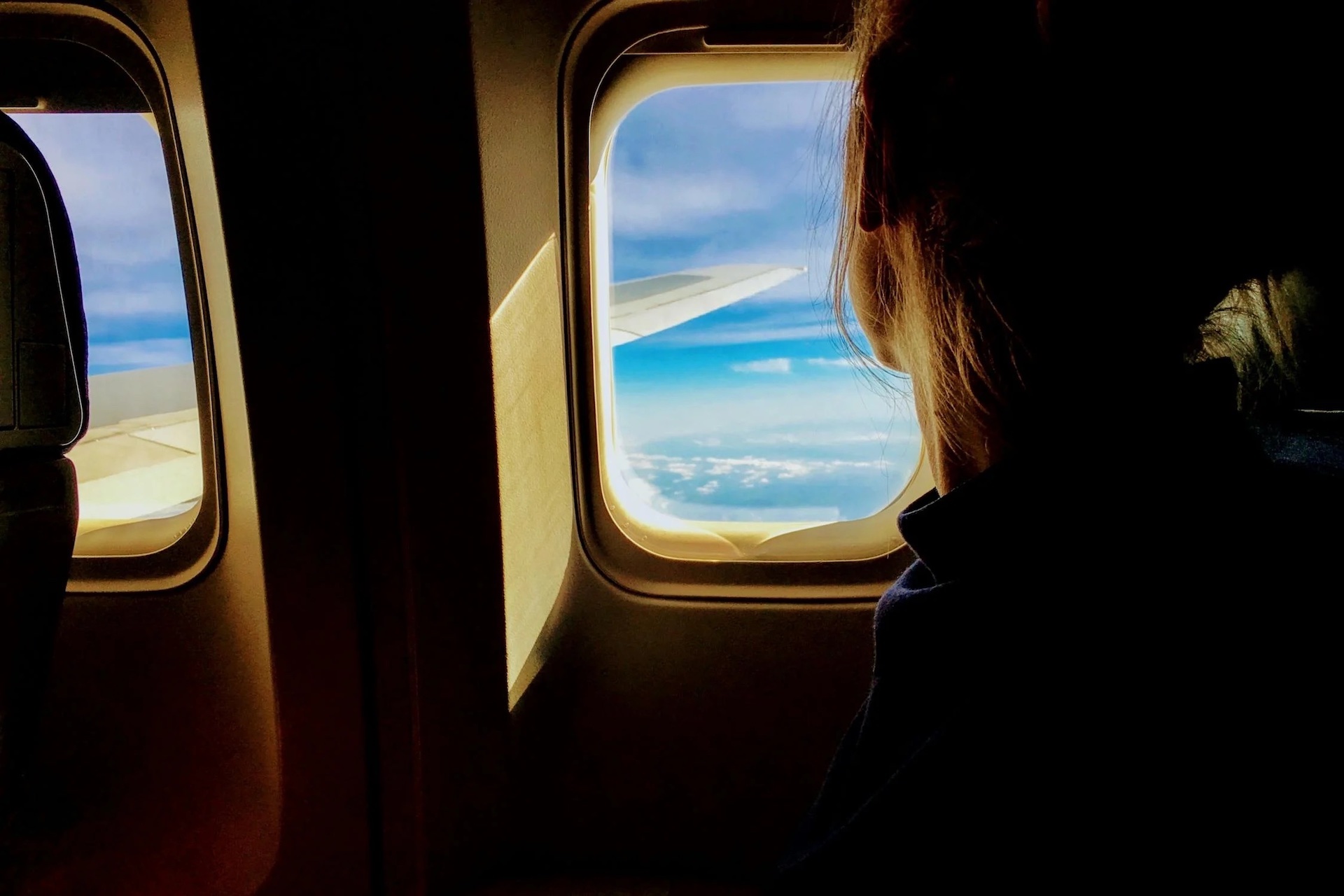
Despite the emergency landing, all 165 passengers were able to quickly board new flights headed to their original destination.
While Clarke said he made it home three hours behind schedule, he was happy that he made it back in one piece.
United Airlines’ Response to the Incident
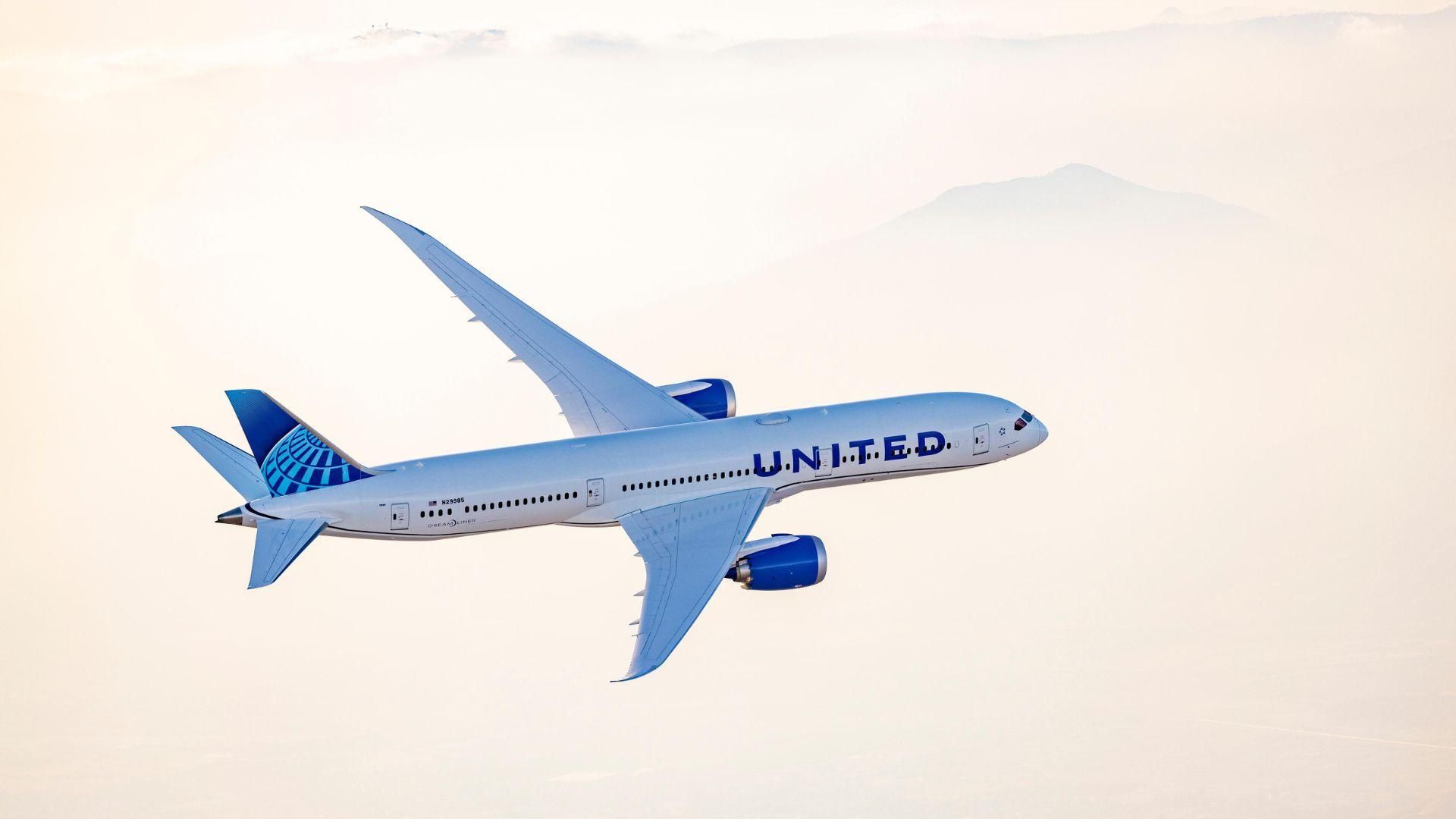
United Airlines issued a statement to NBC10 Boston detailing their actions following the incident.
They highlighted the safe landing and the provision of a replacement aircraft to continue the passengers’ journey, reinforcing their protocols in response to in-flight technical issues.
Bird Strikes Are Not an Uncommon Issues
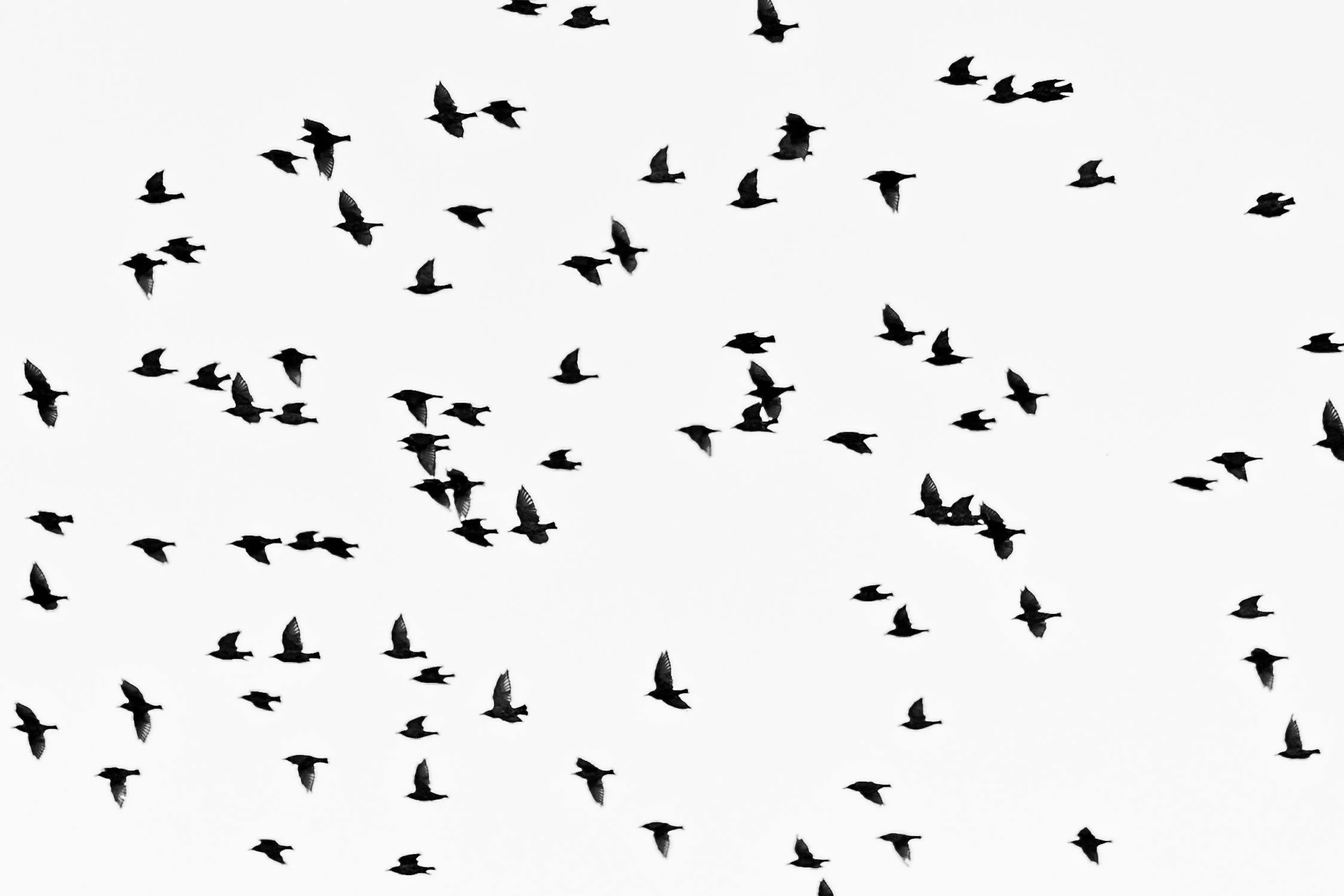
While Clarke’s encounter sounds terrifying, planes often hit birds. The Federal Aviation Administration (FAA) reports that an average of 47 planes report strikes daily.
However, a vast majority of those bird strikes happen during takeoff or landing (via Simple Flying). There have been rare bird strikes that happen higher than 15,000 feet.
The Rate of Bird Strikes Is Low
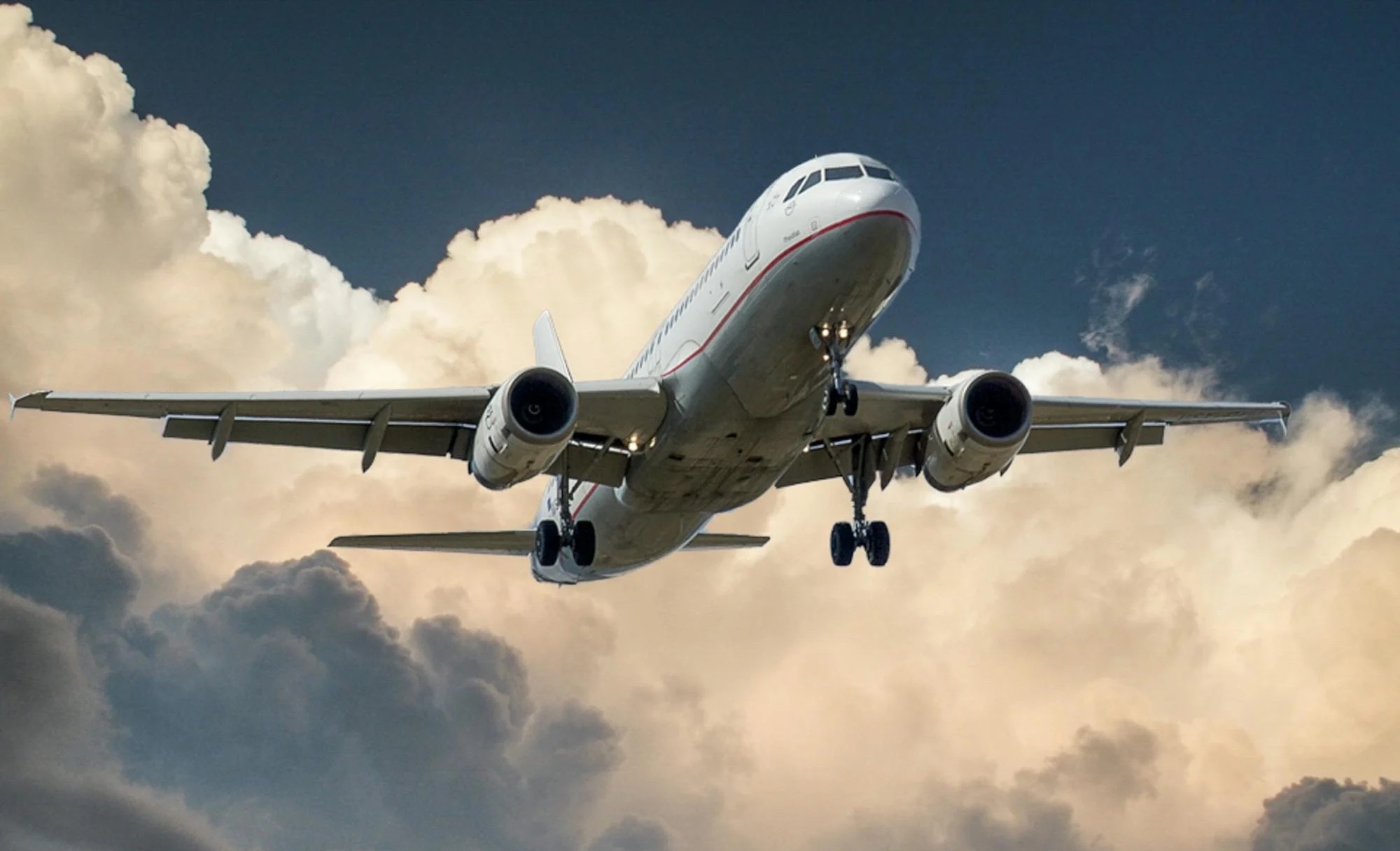
Despite 47 reports of bird strikes a day, the rate of one happening to you on your next flight is incredibly low.
In the U.S., less than three of the 10,000 departures between 2009 and 2018 were affected. In that tiny portion of strikes, about four percent resulted in significant aircraft damage.
Federal Investigation into the Flight Diversion
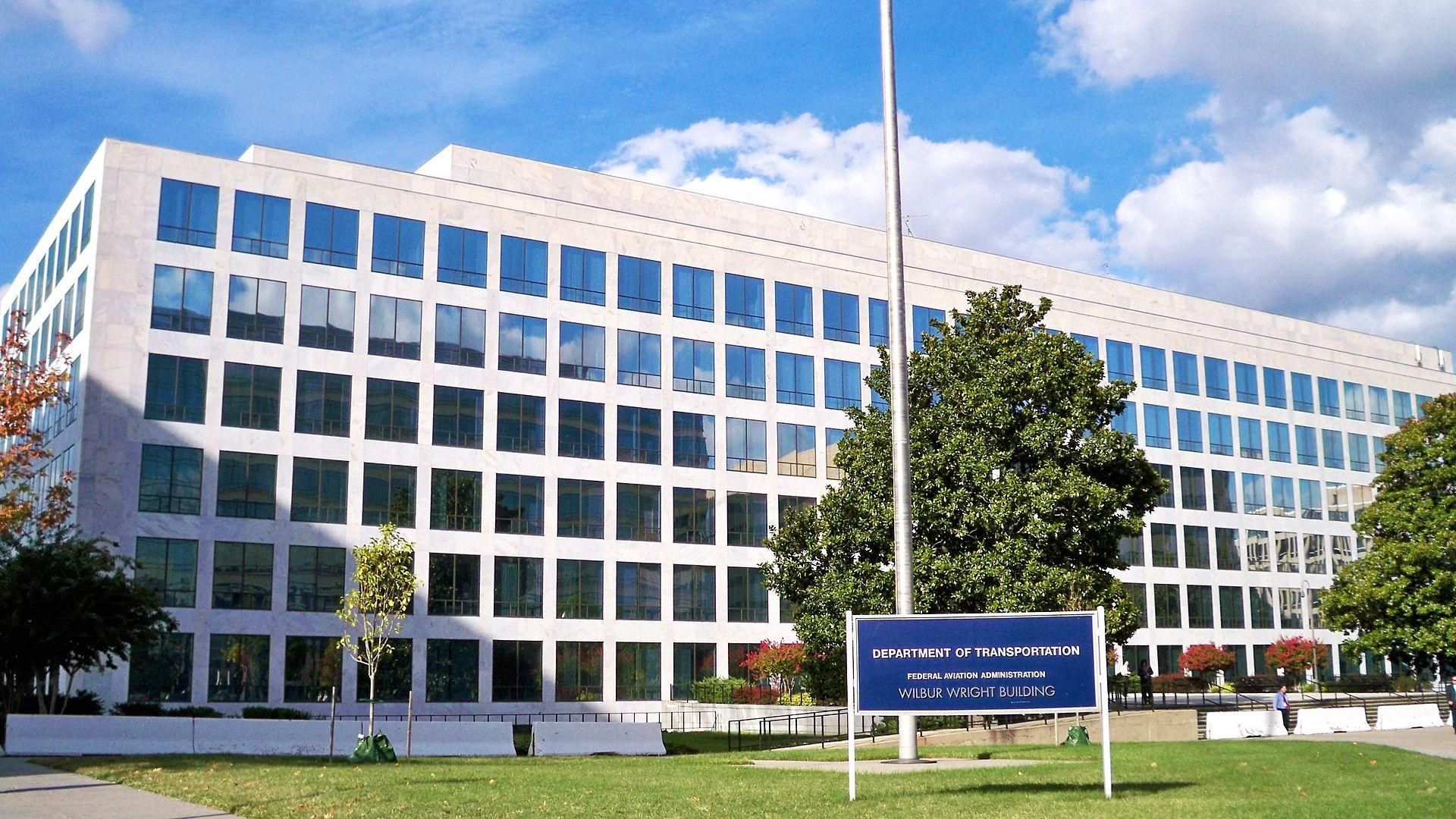
The FAA confirmed that it was investigating the wing damage incident on the diverted United flight, the New York Post reports.
The aim was to understand the cause of the damage and to implement measures to prevent similar incidents, ensuring the safety of future flights.
Passenger Reactions and Online Discussions
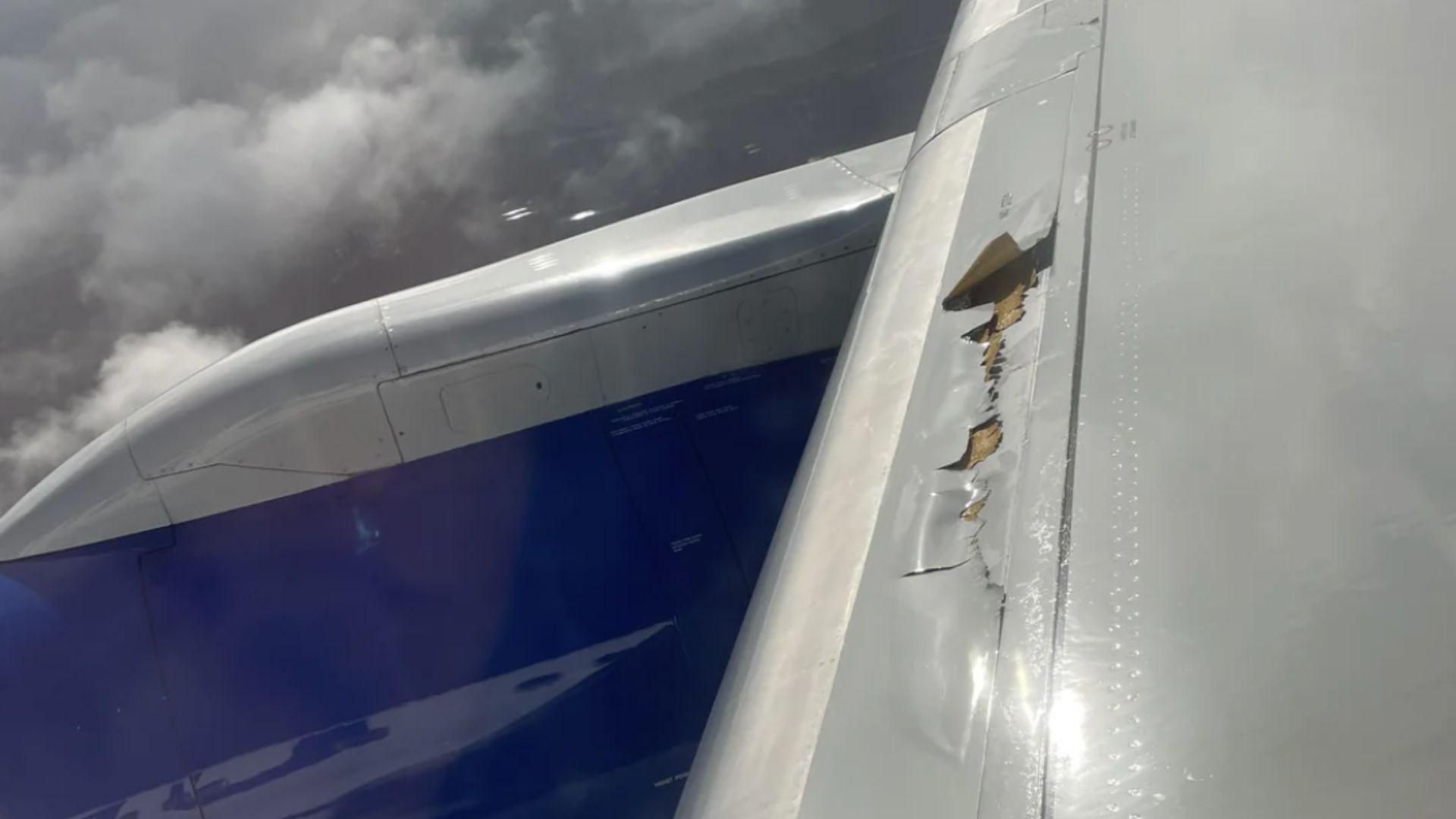
Another passenger shared their concerns on Reddit, posting a photo of the wing and discussing the louder-than-normal noise post-takeoff.
The user, octopus_hug wrote, “Sitting right on the wing and the noise after reaching altitude was much louder than normal. I opened the window to see the wing looking like this. How panicked should I be? Do I need to tell a flight crew member?”
Expert Analysis on Wing Damage
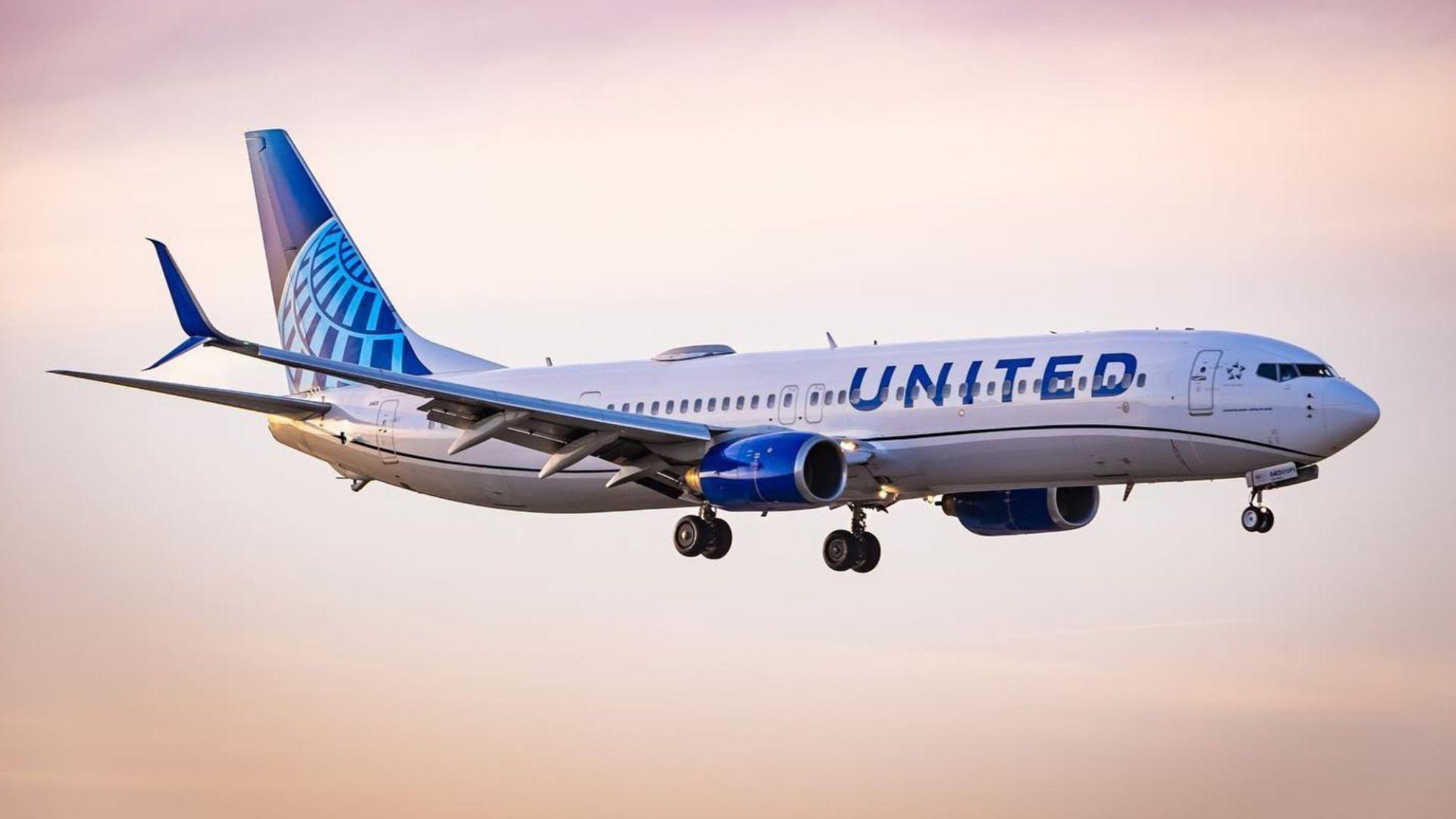
Col. Steve Ganyard, a contributor to ABC News, provided technical insight into the incident.
He explained the potential implications of damage to the wing slat, noting, “If the damage had been more to the front part, it could have affected the controllability of the airplane.”
Experts Say the Plane Was Lucky to Land
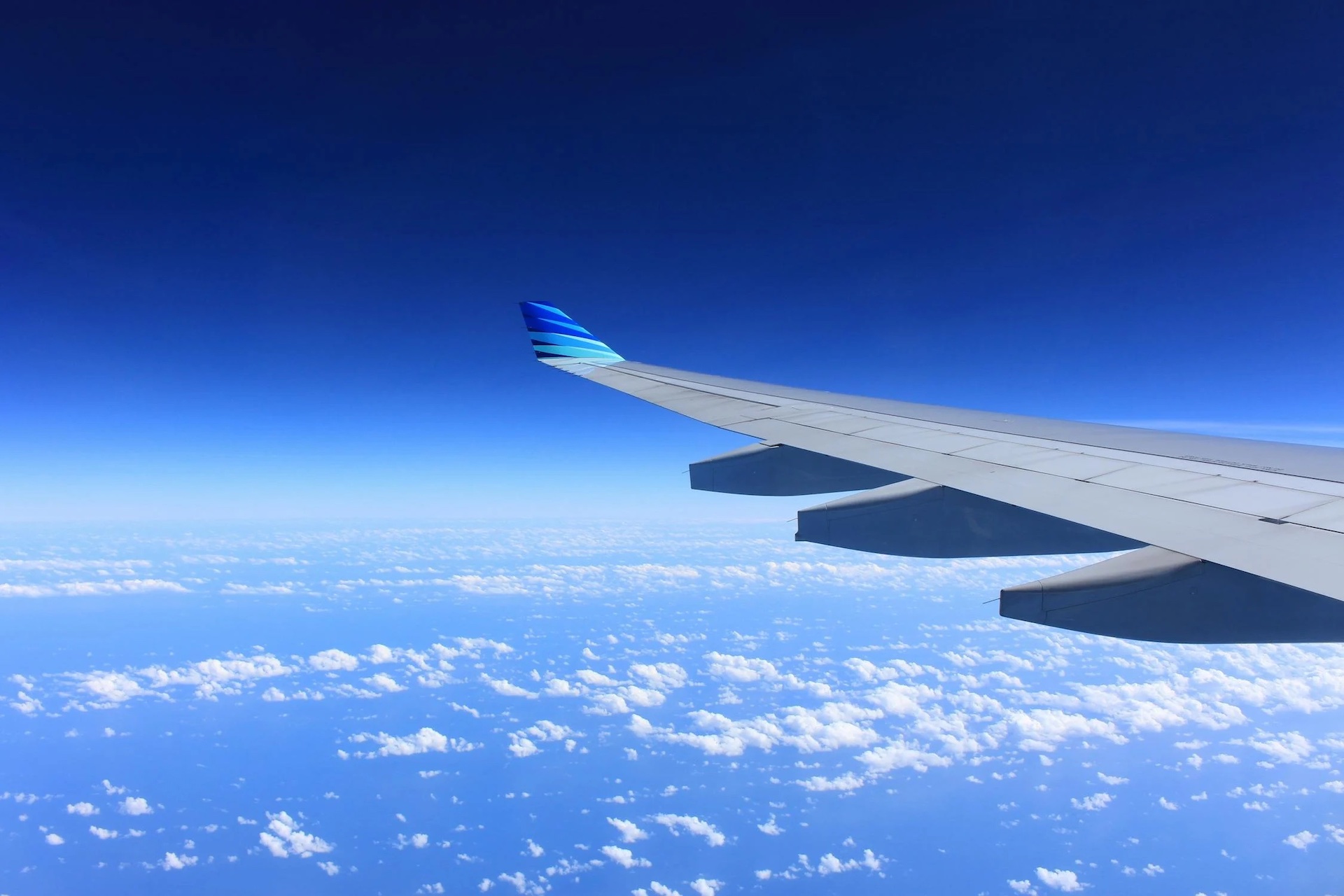
“Luckily, in this case it was in the rear and it really didn’t have much effect on how the airplane handled,” Gaynard said.
Gaynard continued: “Any damage to the leading edge of a wing is bad because that wing no longer functions the way it was designed to.”
The Bird Collision Wasn’t the Only Factor

Gaynard continues to note that this kind of break on the wing might have been the result of an old aircraft colliding with a large bird.
“That airplane is fairly old and perhaps the part just gave way because of age or because of use,” Gaynard said, “or it could have been some sort of maintenance problem where it wasn’t properly rigged and it was rubbing against the wing itself.”
Recent Scrutiny of Boeing Aircraft
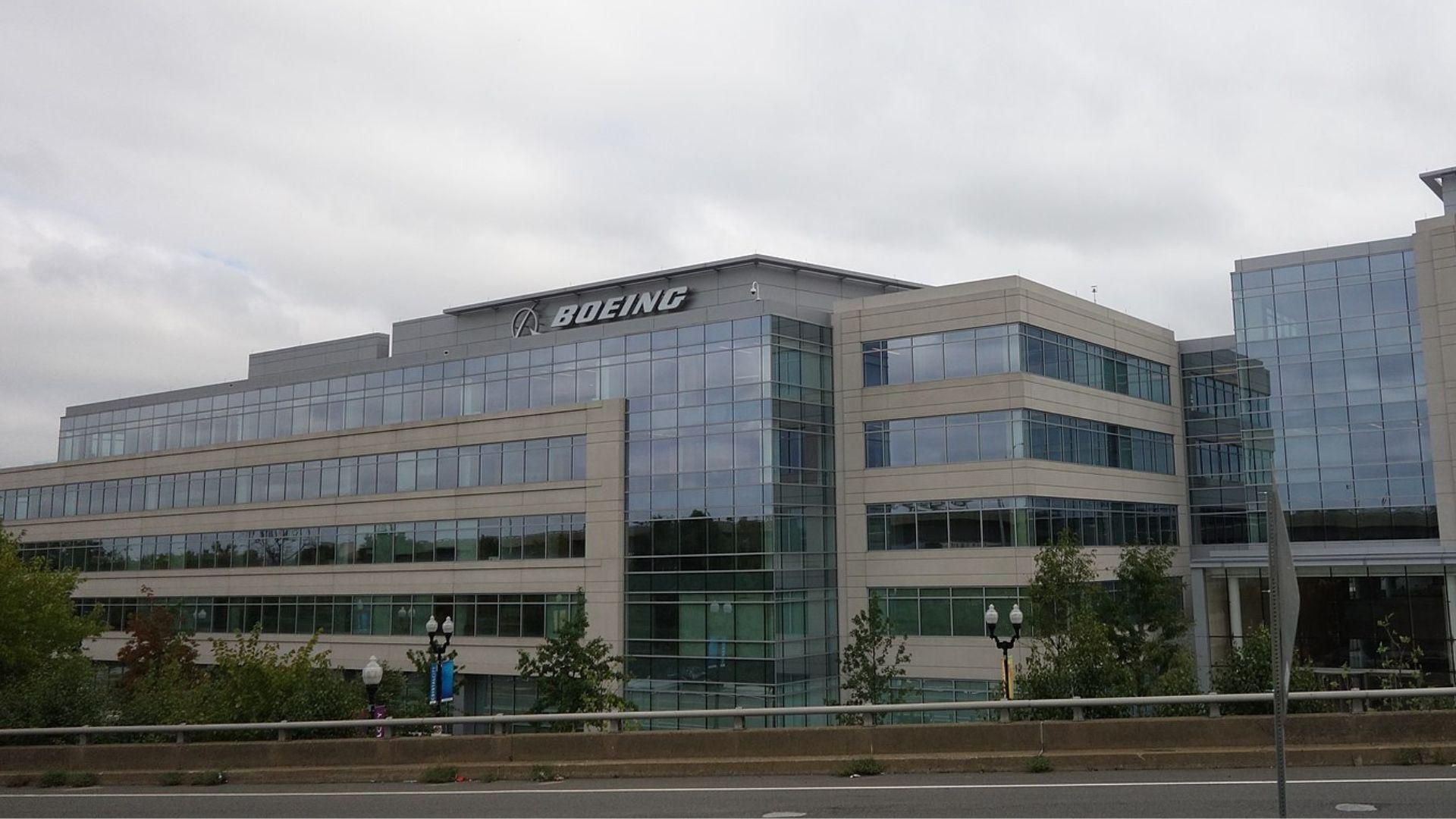
This incident occurs amid broader scrutiny of Boeing, following other unrelated incidents that have raised questions about the manufacturer’s safety standards and quality control.
The focus on Boeing’s practices highlights the industry-wide imperative for rigorous safety and manufacturing standards.
Boeing 737 MAX 9 Incident
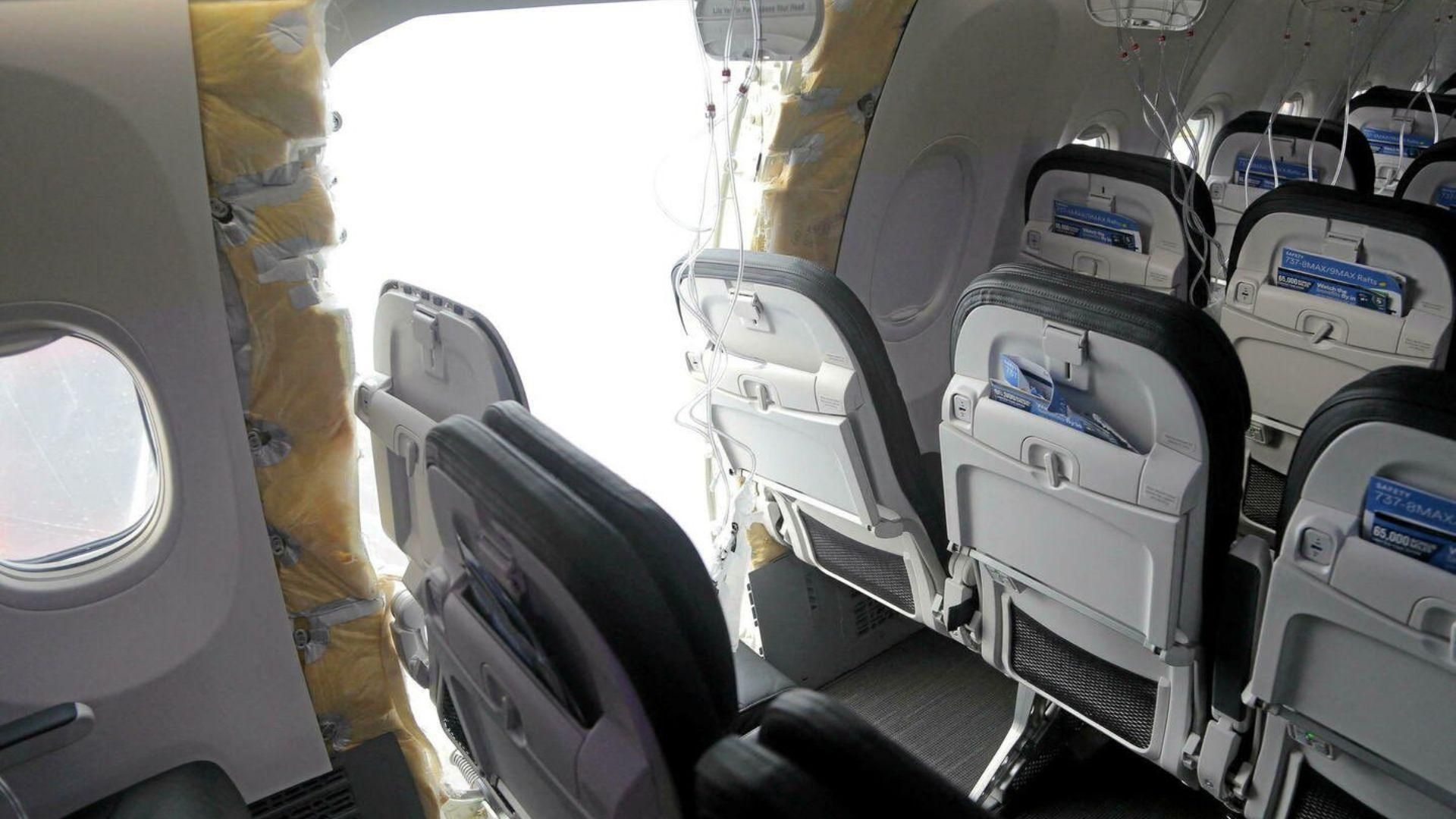
Reuters reveals that in January, a Boeing 737 MAX 9 jet encountered a severe malfunction when its door plug was lost mid-air, leaving passengers exposed to a terrifying ordeal and necessitating an emergency landing.
This incident raised grave concerns over the safety of the MAX 9 model, prompting a grounding of the fleet to ensure thorough safety checks and confirmations before any future flights.
The Problem With the Mid-Exit Door
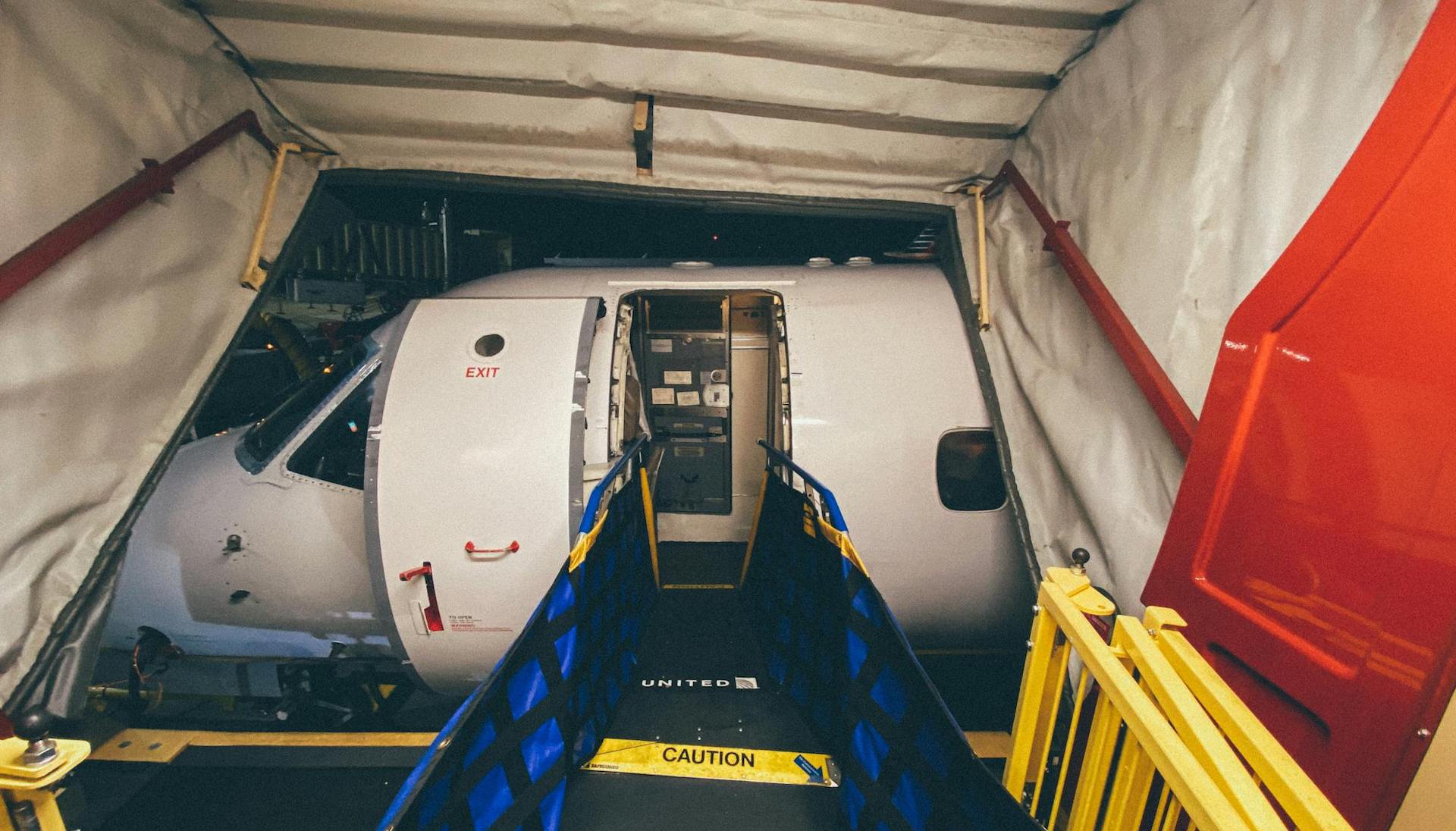
According to Forbes, the NTSB reported that the MAX mid-exit door plug was missing bolts.
This lead the investigators to believe that the bolts were not replaced when a Spirit AeroSystems staff memeber replaced five damaged rivets on the edge frame of the mid-exit door plug.
Boeing Has Several Safety Concerns
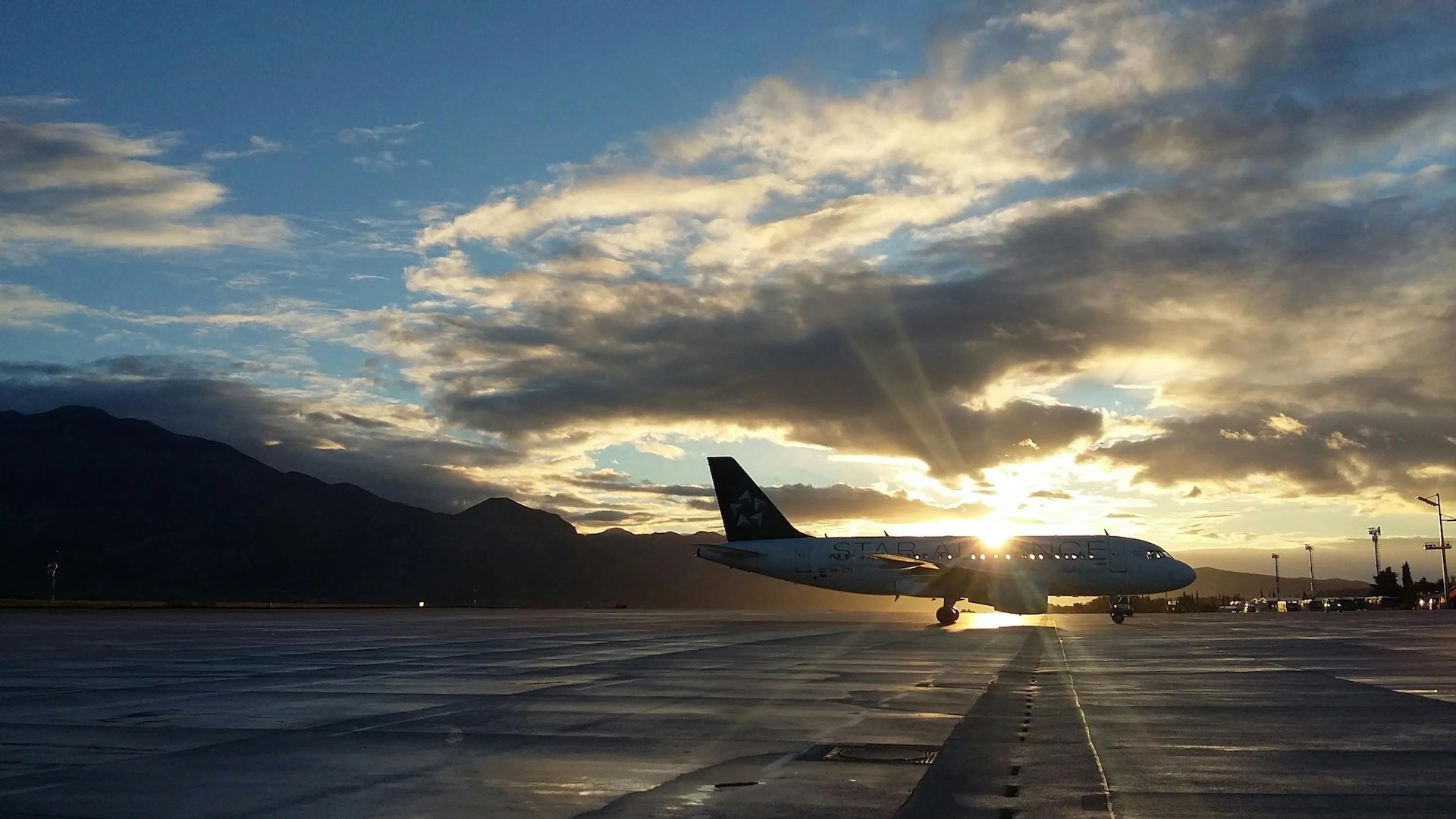
This is one of several issues that Boeing has encountered with Spirit AeroSystems, which is the critical supplier to multiple Boeing programs.
In February, Boeing confirmed that 50 undelivered MAX series aircrafts would need to be reworked after Spirit AeroSystmes notifed the company about. mis-drilled holes on the window frame of some fuselages.
The Faulty De-Icing System in the MAX Series

In light of the incident with the Boeing aircraft’s mid-exit doors in their MAX series, the company has dropped its request to the FAA for an exemptin for a separate design flawl
This flaw is in the MAX’s engine inlet de-icing system, which should remove or prevent ice from the plane’s engine.
The Dangers of the Current De-Icing System
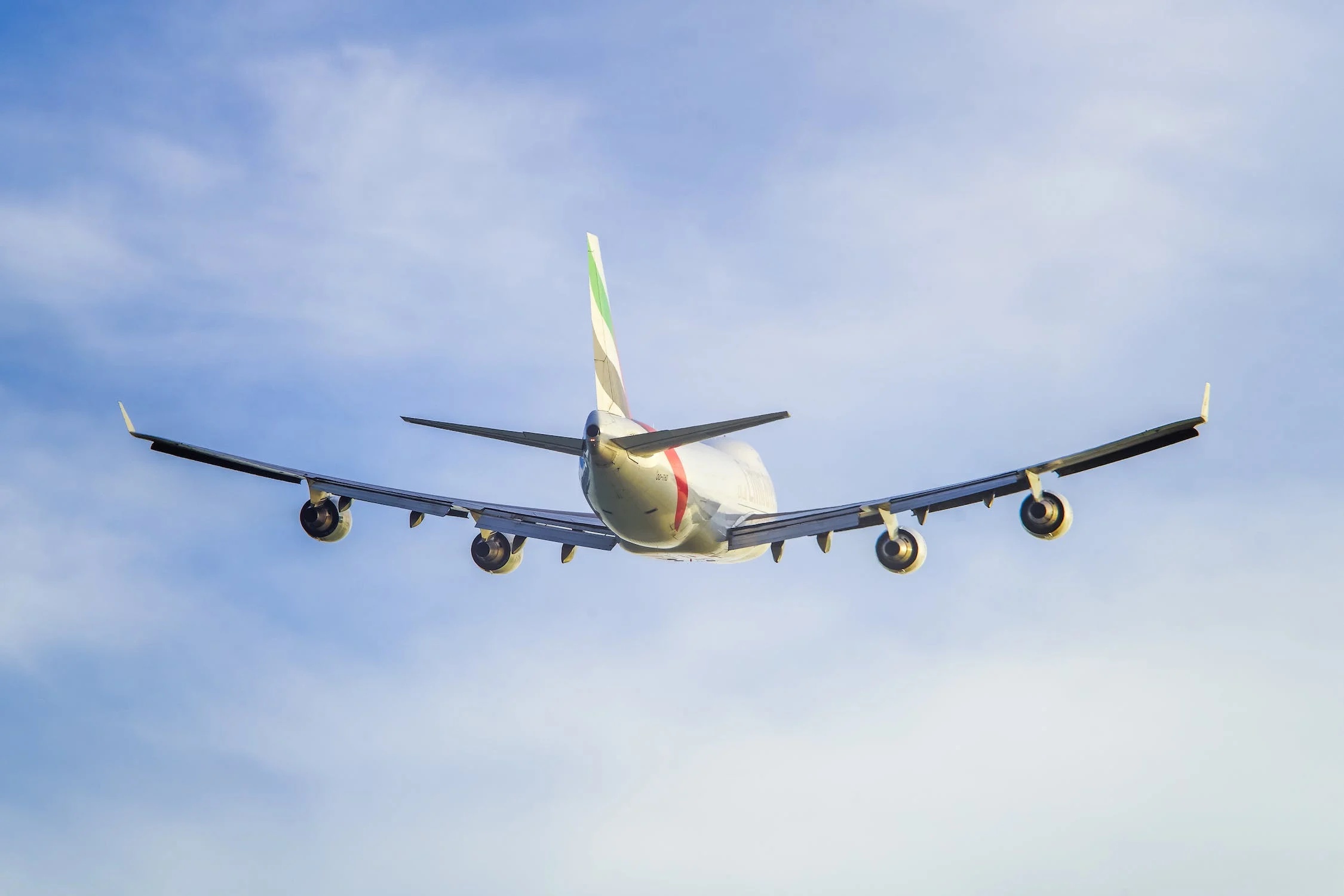
With its current desing, the MAX series carbon composite inlet can cause the engine to overheat the system.
The danger is that the potential overheating could lead to the inlet breaking up and debris impacting the fuselage mid-flight.
Another Error in Boeing’s MAX Series
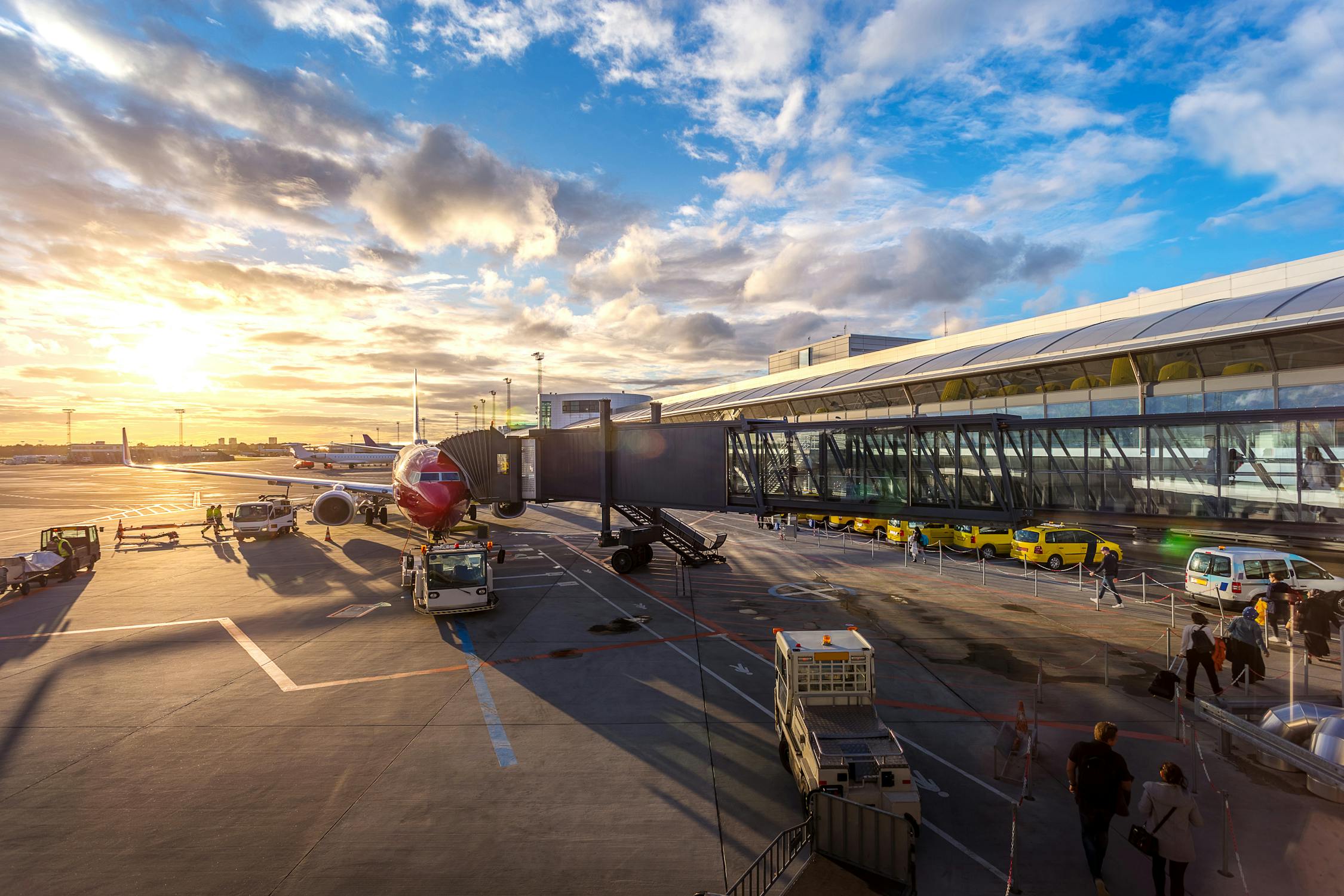
The carbon composite was introduced into the MAX program after Boeig has requested an exemption to use it instead of metal.
The exemption was justified by the safe operation of other MAX models in service.
Boeing’s Turbulent Times
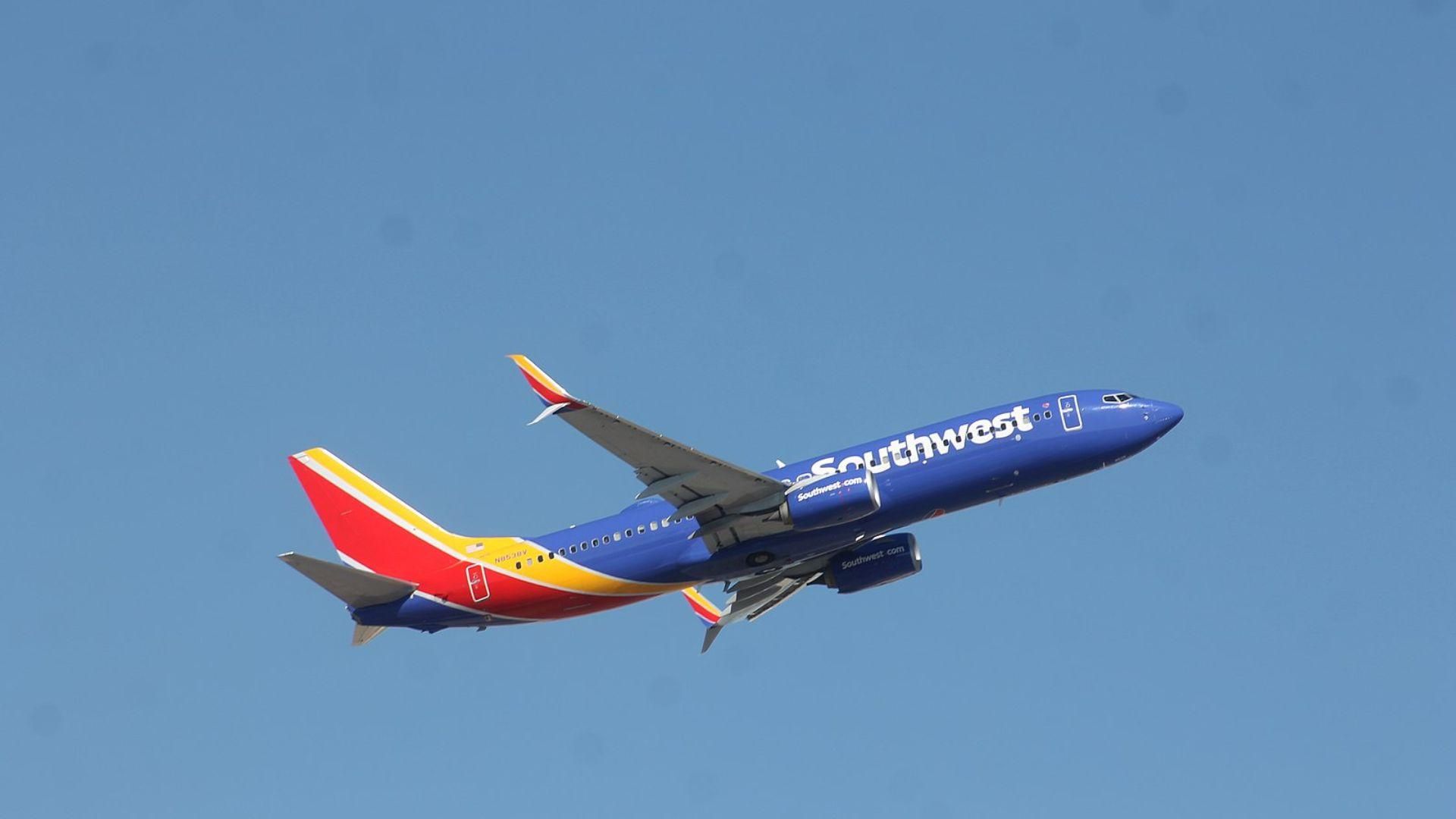
Following the distressing incident with the MAX 9, major airlines like Southwest and United took decisive steps by altering their fleet plans, excluding certain MAX models.
This move reflects the growing apprehension around Boeing’s MAX series aircraft. Moreover, the FAA’s decision to halt the expansion of the MAX production line illustrates the stringent safety measures now being enforced.
Boeing Is in Talks With Spirit AeroSystems

Despite these issues, Boeing is in talks with Spirit AeroSystem to reverse their deal.
In its statement, Boeing said, “We believe that the reintegration of Boeing and Spirit AeroSystems’ manufacturing operations would further strengthen aviation safety, improve quality and serve the interests of our customers, employees, and shareholders.”
Boeing Is Facing a 90-Day Deadline
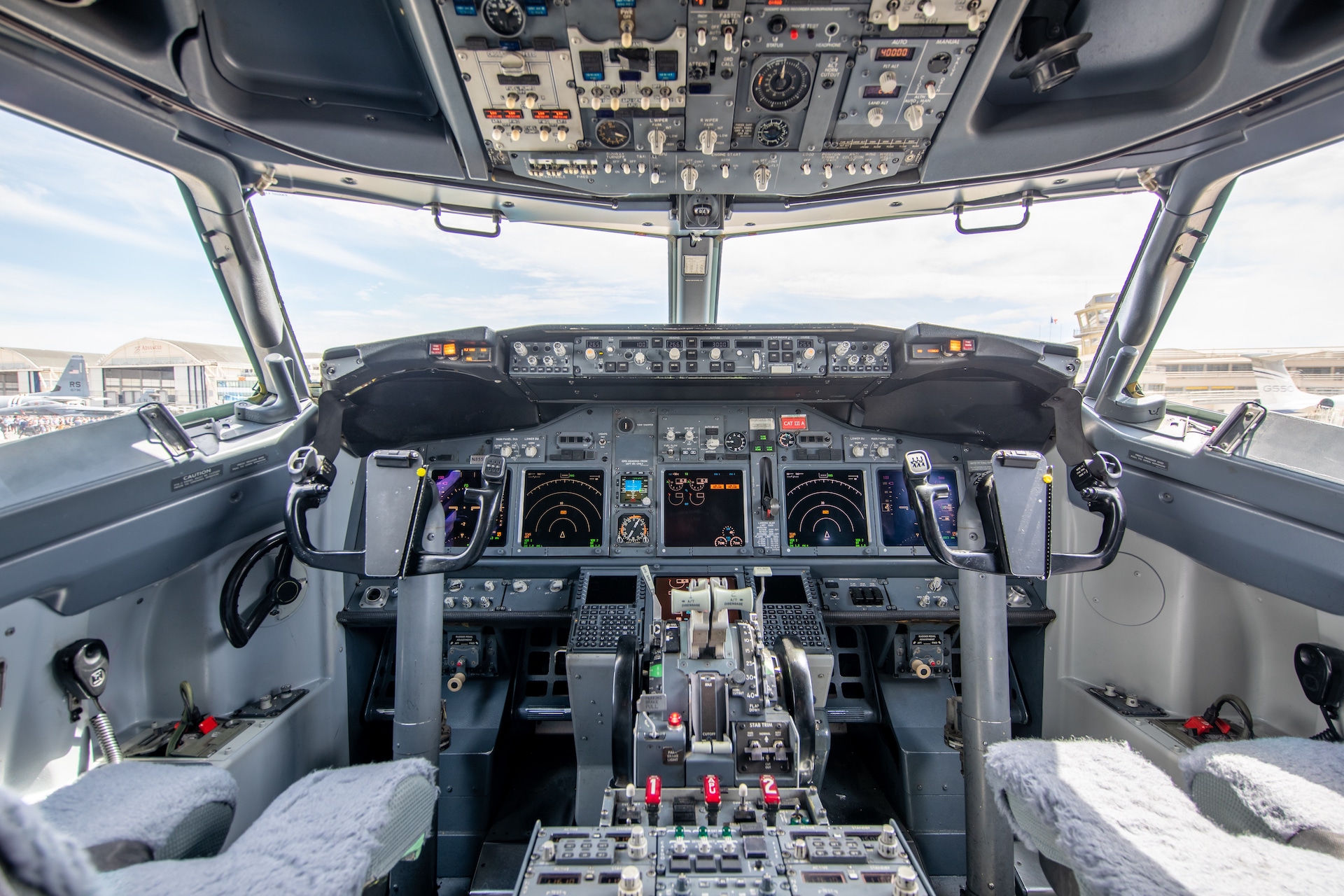
Boeing faces a 90-day deadline after the FAA finalized its six week audit of the company.
Boeing now must find a way to address the 27 systemic faults identified by an Expert Review Panel, and the 53 recommendations to improve the safety of the aircrafts.
